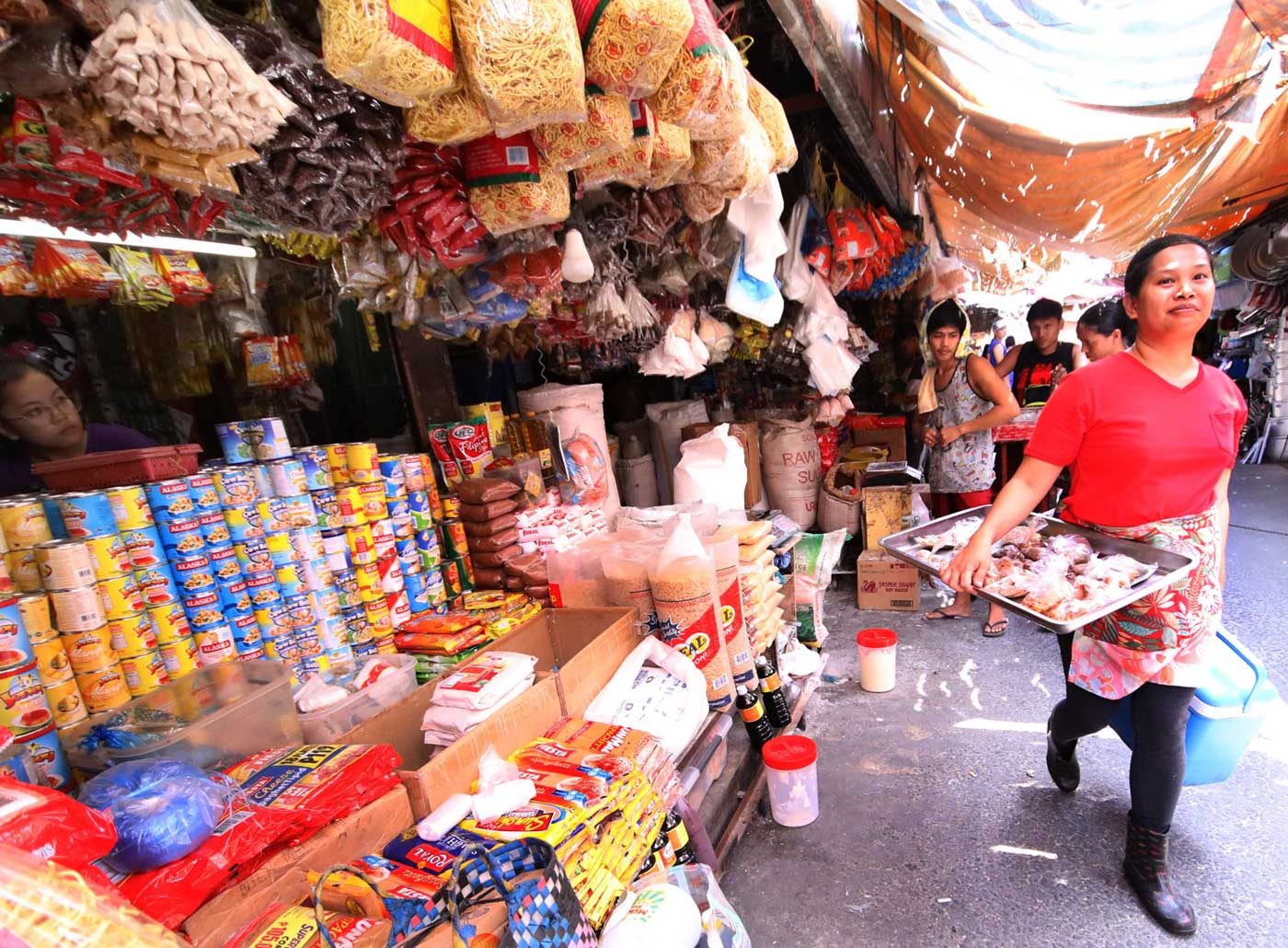SUMMARY
This is AI generated summarization, which may have errors. For context, always refer to the full article.

MANILA, Philippines (UPDATED) – Inflation or the rate of increase in the prices of goods bounced to 1.3% in November from the low 0.8% registered in October, the Philippine Statistics Authority (PSA) said on Thursday, December 5.
This brings the year-to-date inflation for 2019 to 2.5%.
The uptrend in inflation for November was mainly brought about by a higher annual increase in alcoholic beverages and tobacco. Particularly, higher annual rates were noted in the following commodities:
- Cigarettes, 23.4%
- Tuba, 6.9%
- Beer, 3.5%
- Brandy, 3%
Higher inflation in November was also due to a higher annual rate in housing, water, electricity, gas, and other fuels.
Prices for health also contributed to the uptrend, primarily due to higher annual rates in private hospital services at 3.5%, general medical services at 6.1%, and specialized medical services at 0.5%.
Inflation in the National Capital Region (NCR) picked up further by 1.5%, while areas outside NCR registered 1.2%.
Six regions in areas outside NCR had higher positive annual rates, while 4 regions registered slowdowns. Two regions retained their annual rates from October.
Analysts already anticipated the jump, as the month is usually the start of higher consumption, leading up to Christmas in December. When consumers buy more, prices tend to rise too. (READ: What inflation means for you)
Base effects from 2018’s inflation spike have also faded. This just means that the calculation for the figures this year were affected by the high numbers registered from last year.
“With food supply stable thanks to better weather conditions and legislation that removed restrictions on rice imports, the important subgroup of the CPI (consumer price index) has fallen into deflation,” said ING Bank Manila senior economist Nicholas Mapa in an earlier forecast.
While inflation has jumped, the government’s economic team expects it to remain muted and well within the target band of 2% to 4% until 2022.
The Bangko Sentral ng Pilipinas (BSP) sees inflation going up in 2020 and tilting down in 2021.
“The volatility in global oil prices and the potential impact of the African swine fever outbreak are the main upside risks to inflation. Meanwhile, the impact of global trade and policy uncertainty as well as geopolitical tensions continue to be the main downside risks to inflation,” the BSP said. – Rappler.com
Add a comment
How does this make you feel?
There are no comments yet. Add your comment to start the conversation.